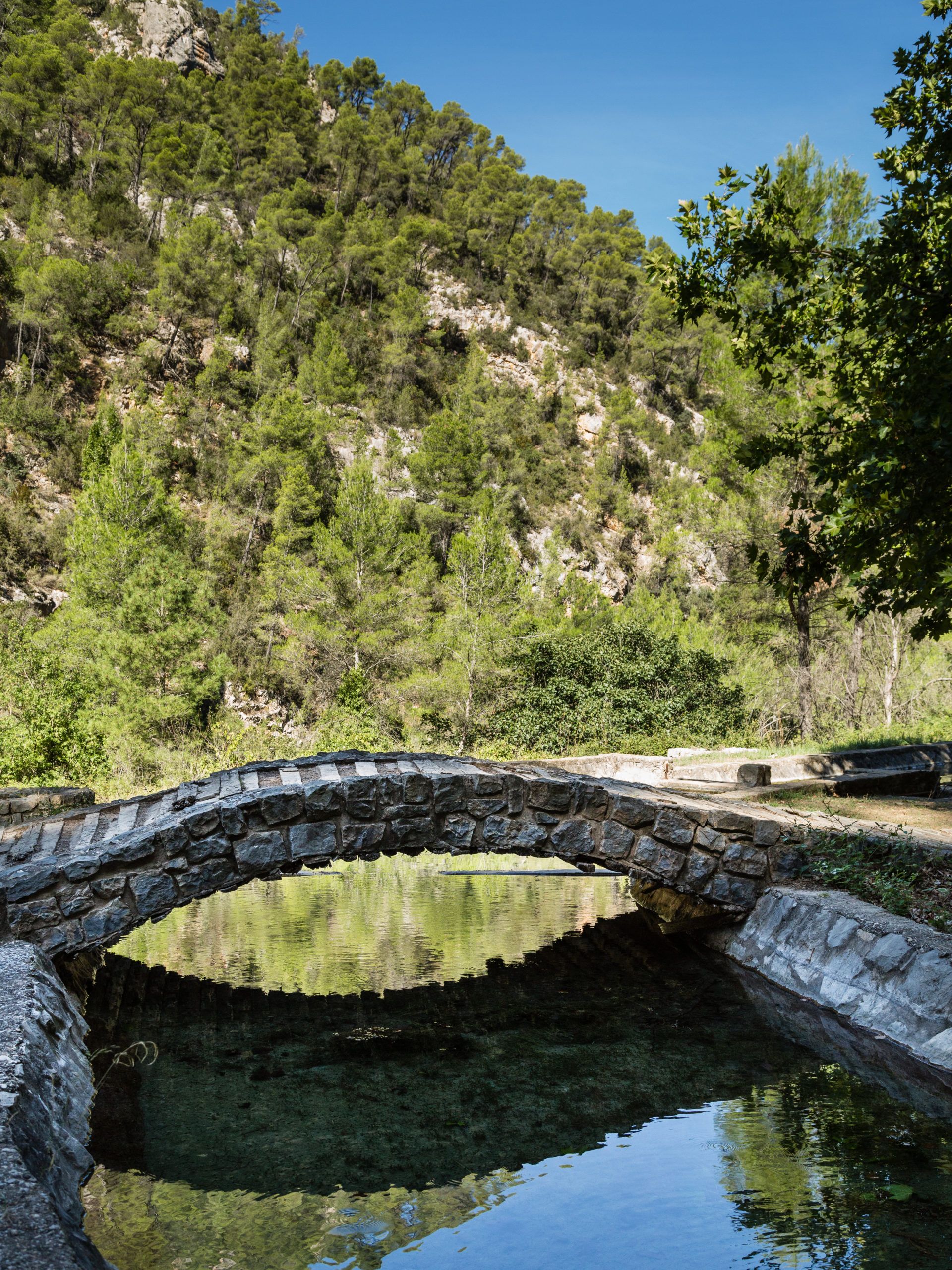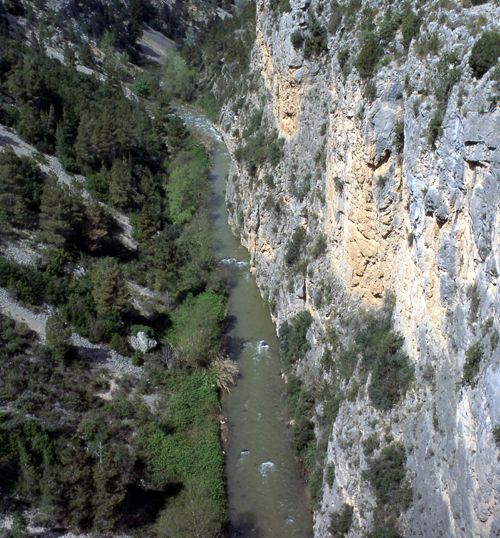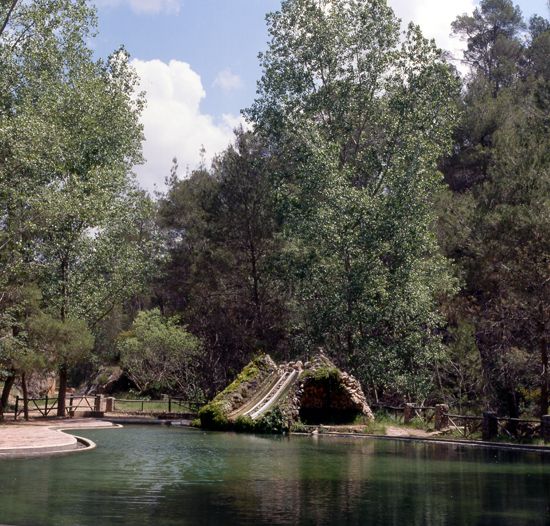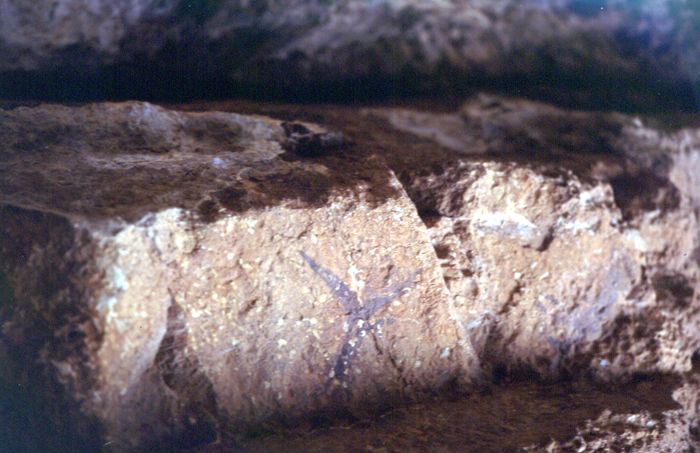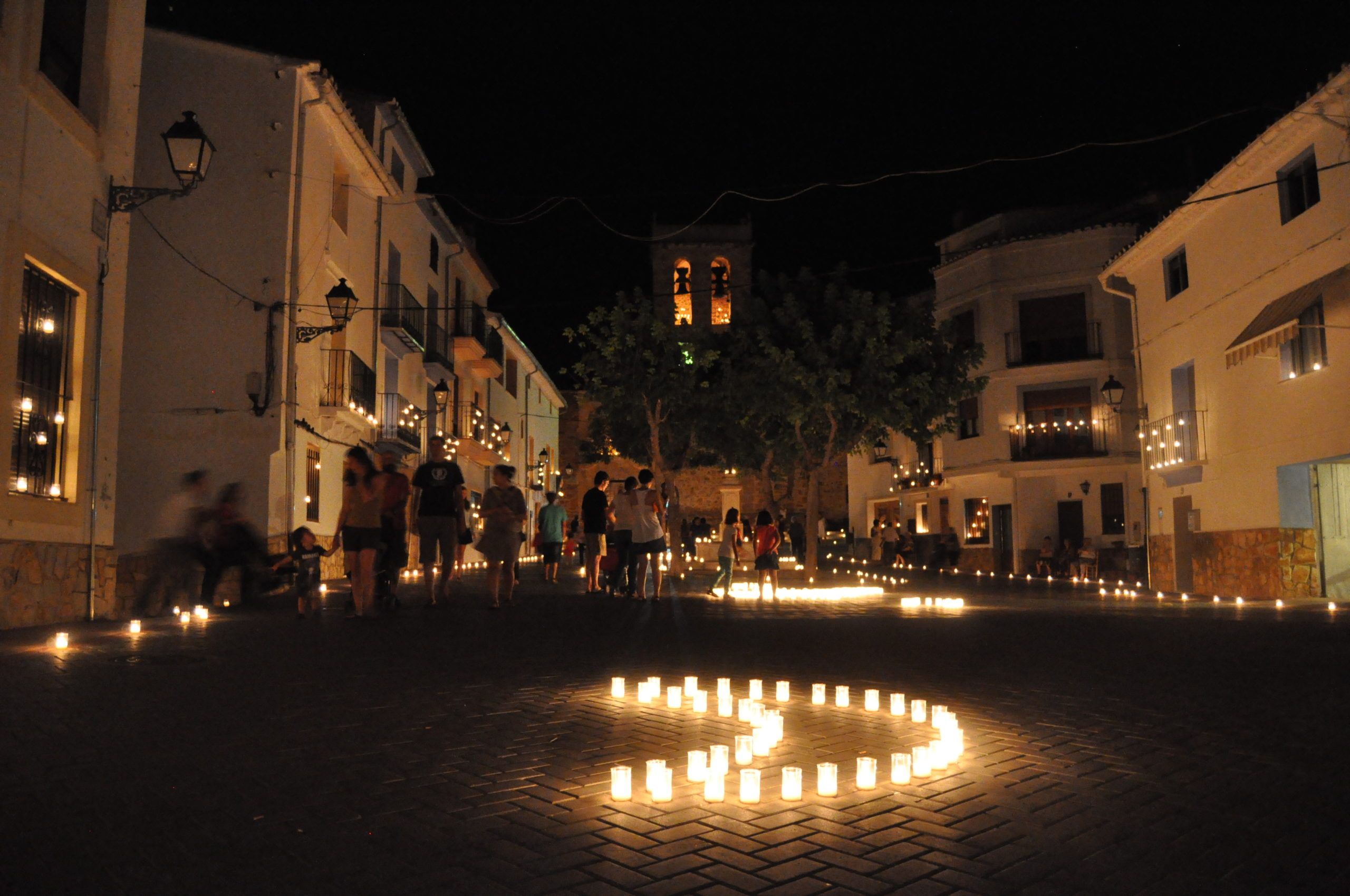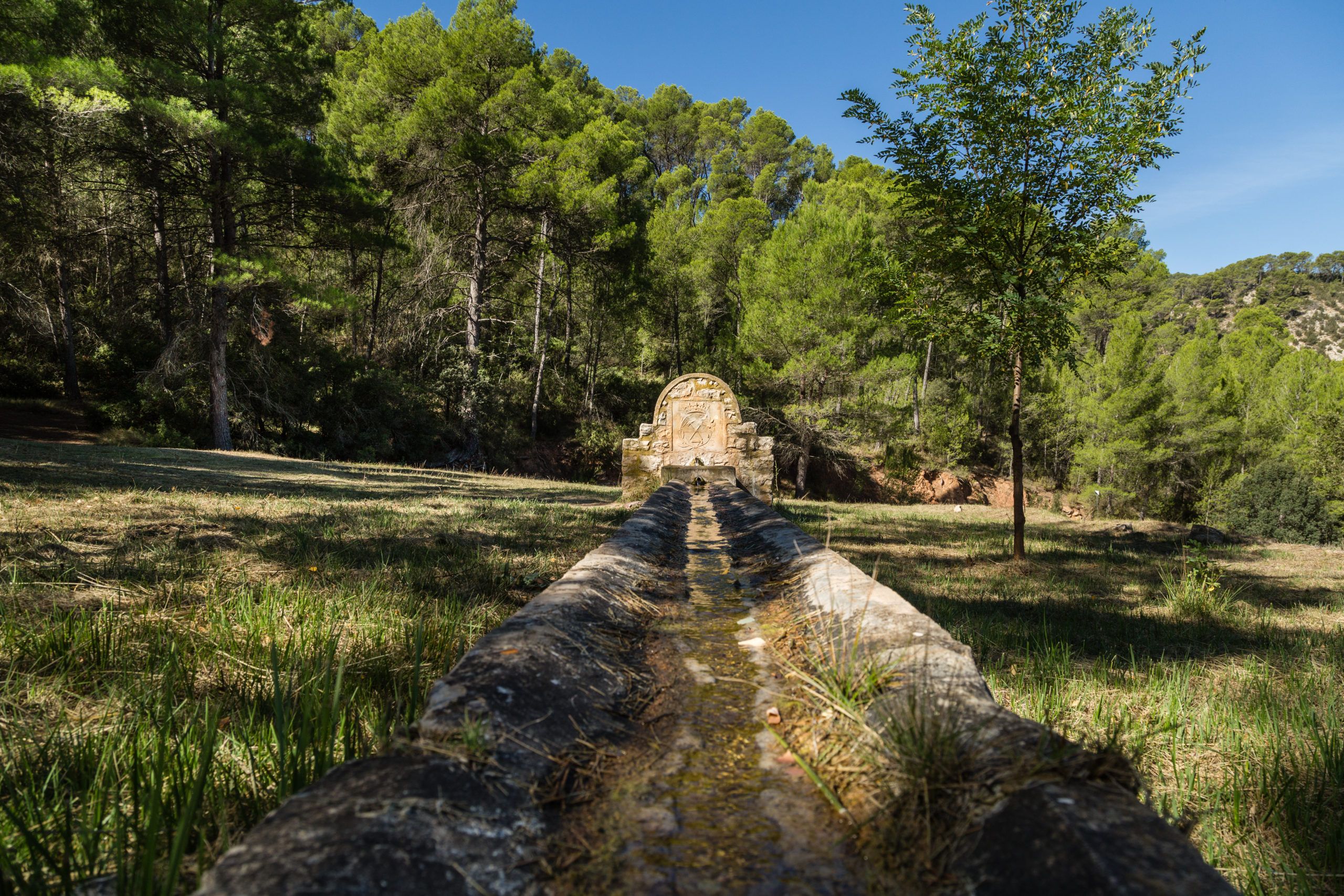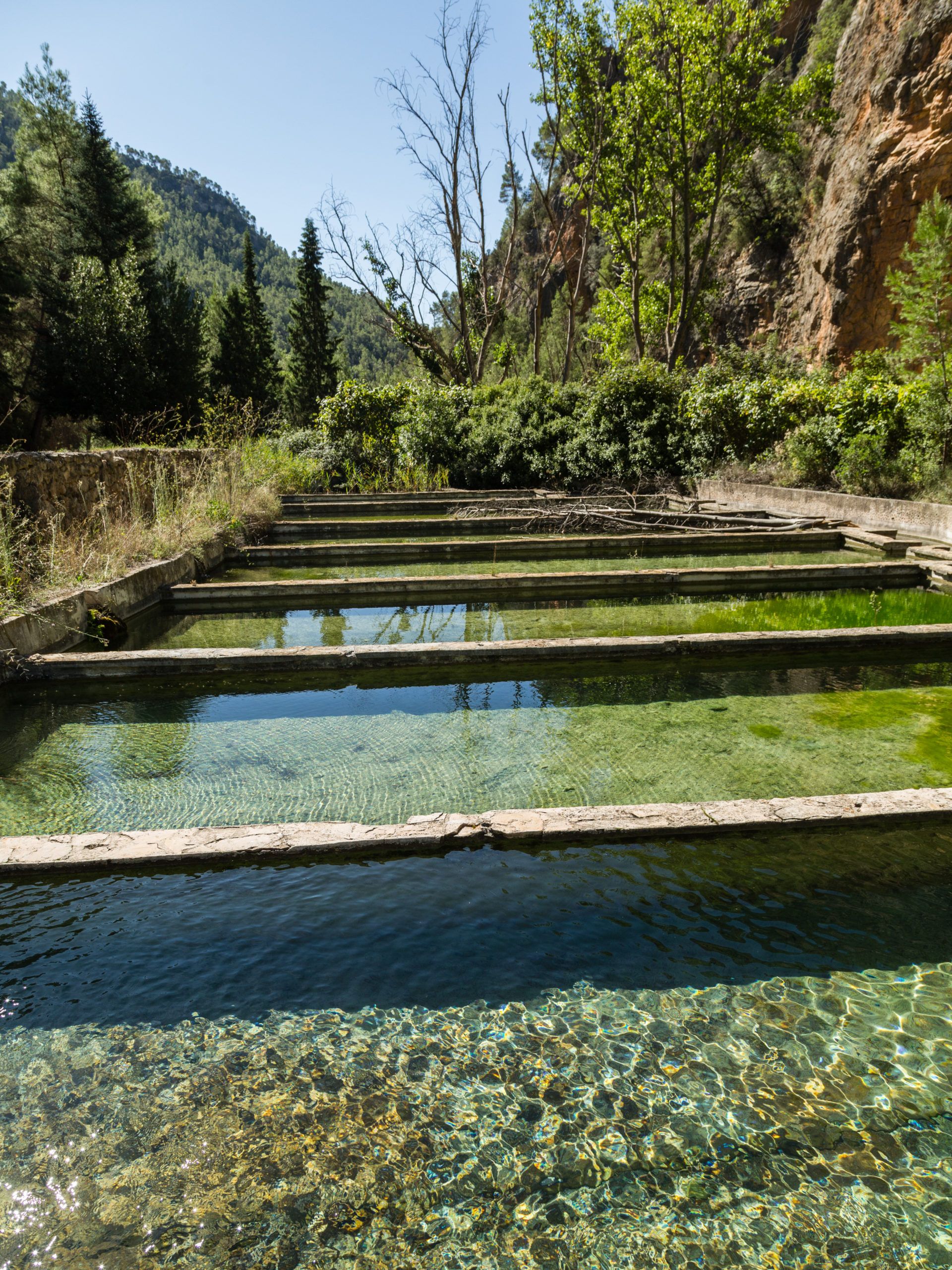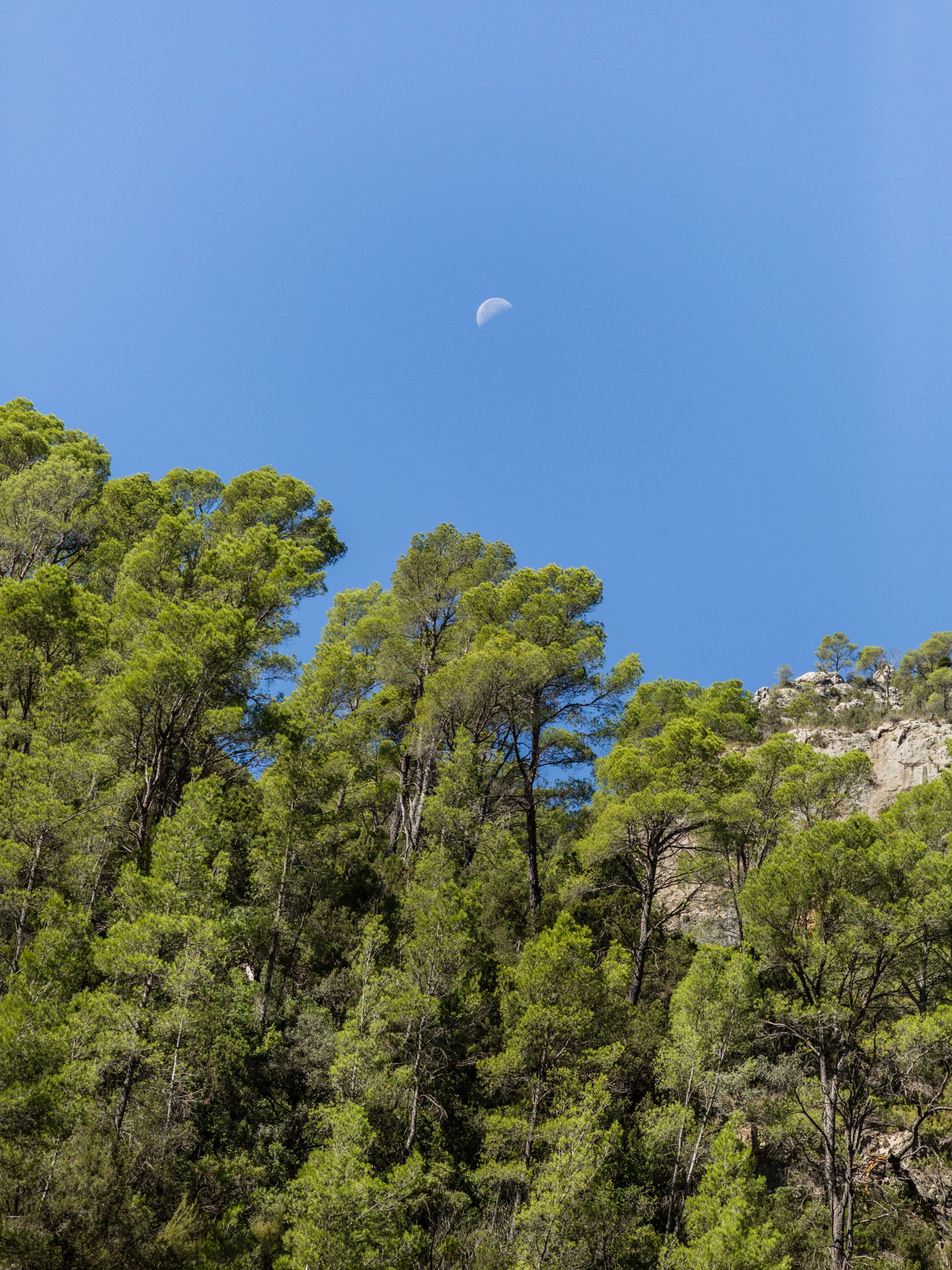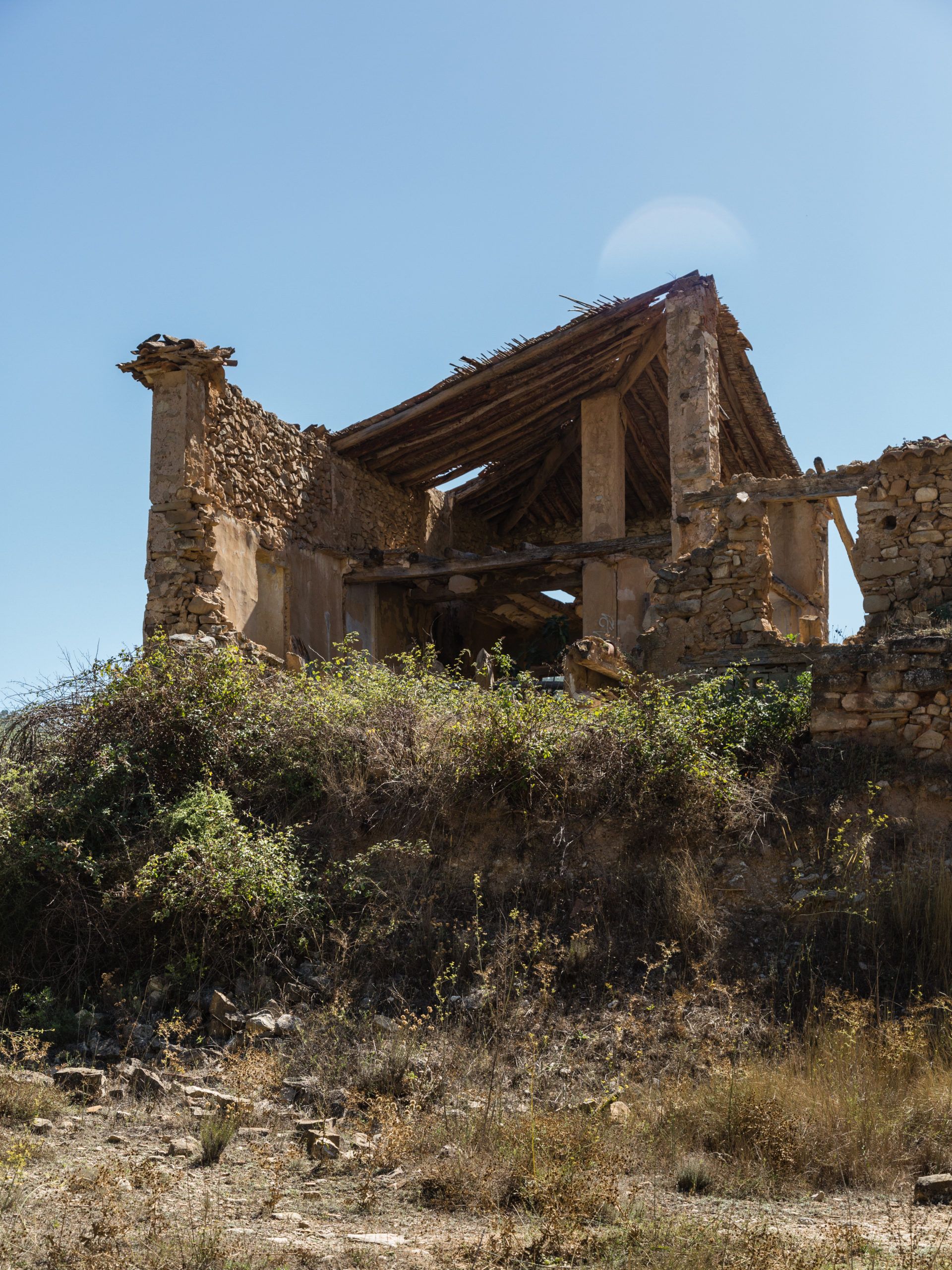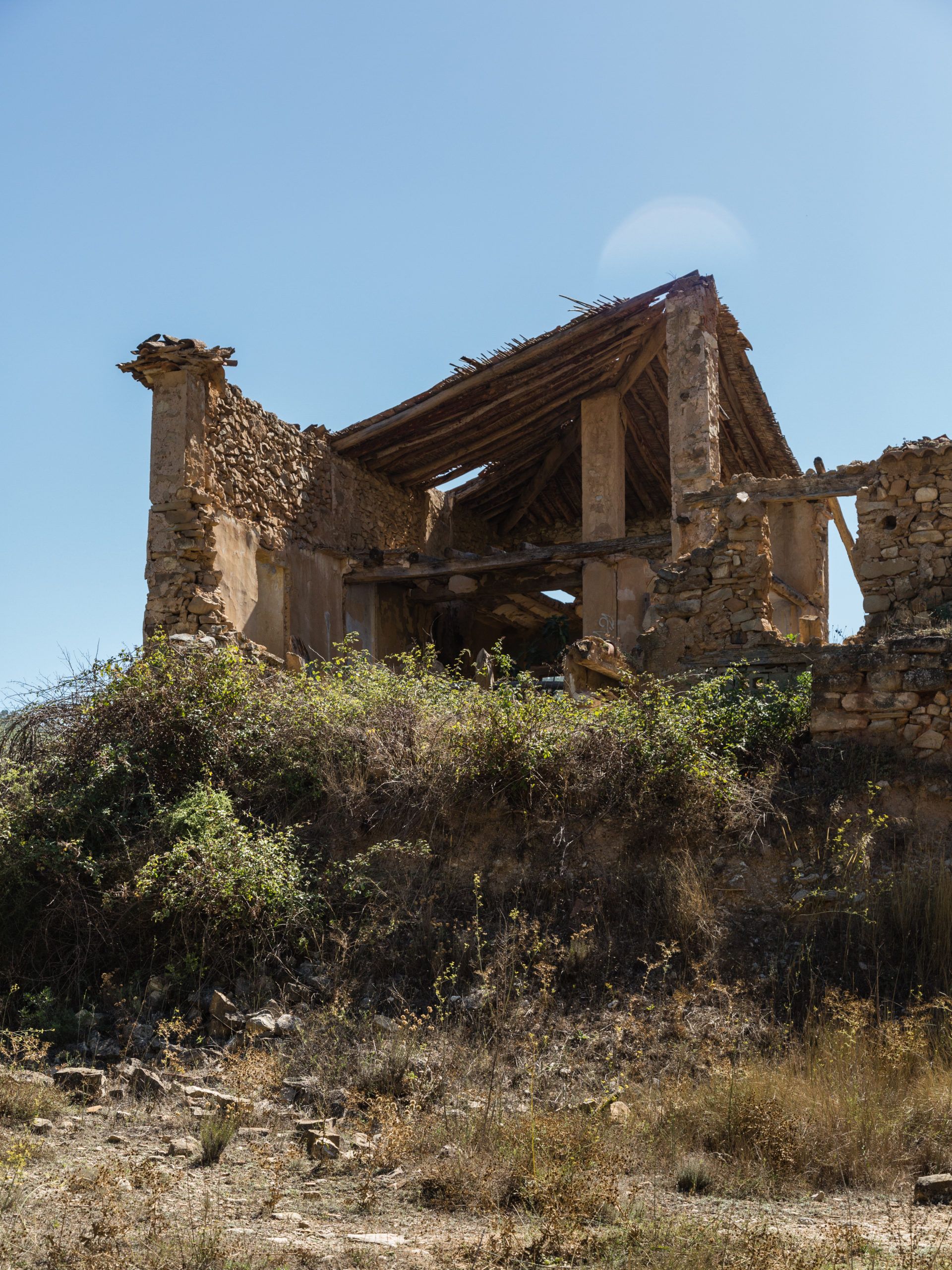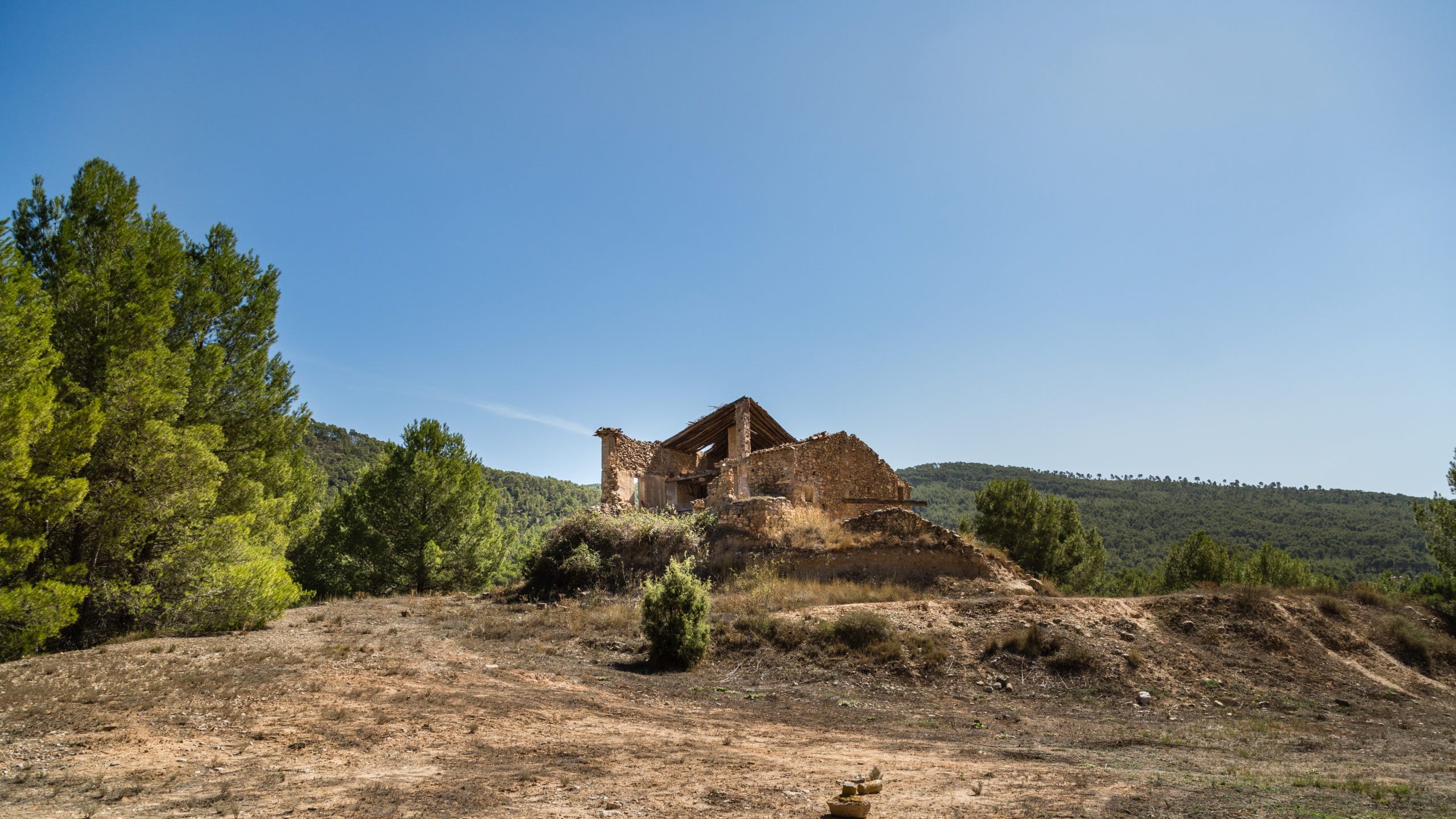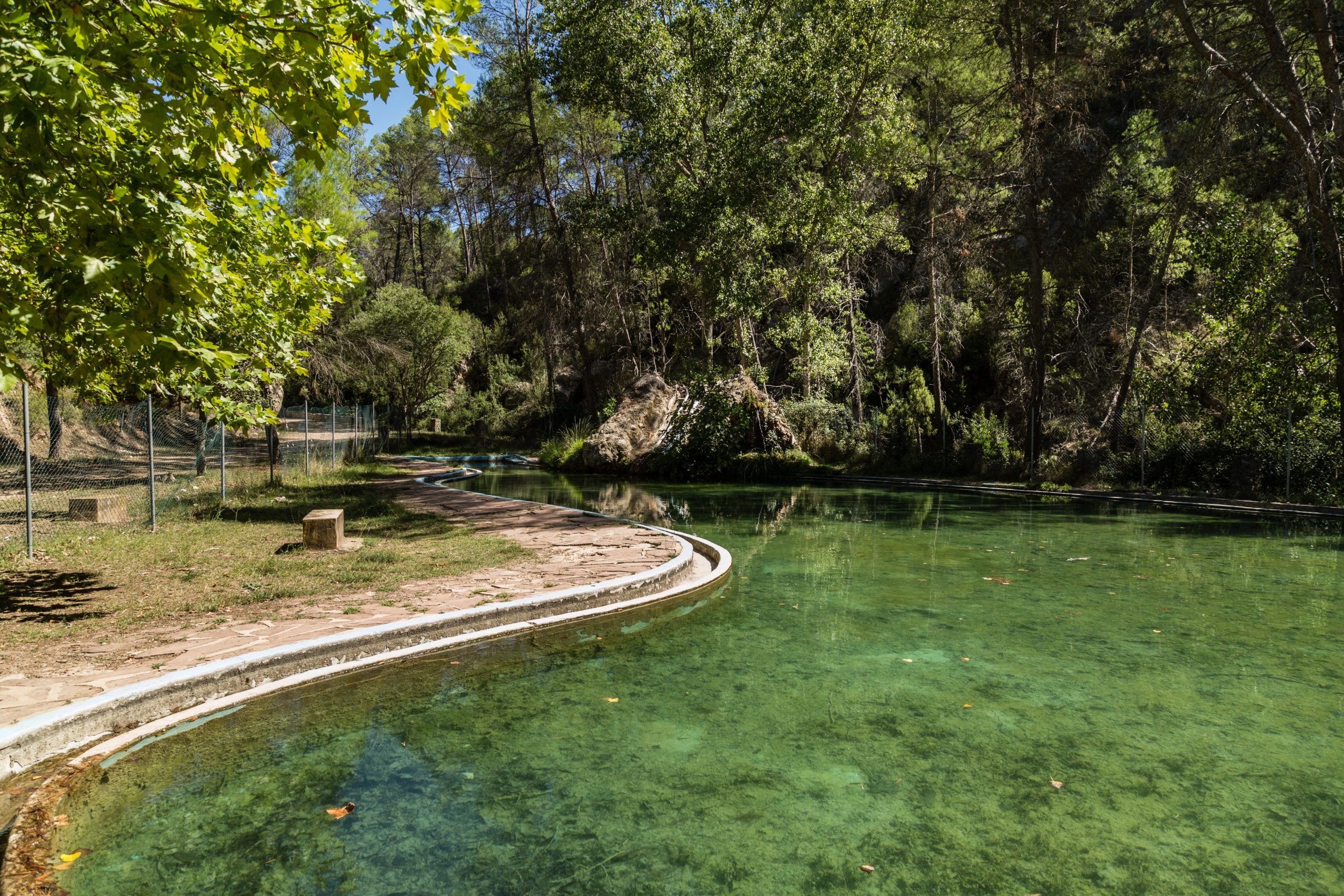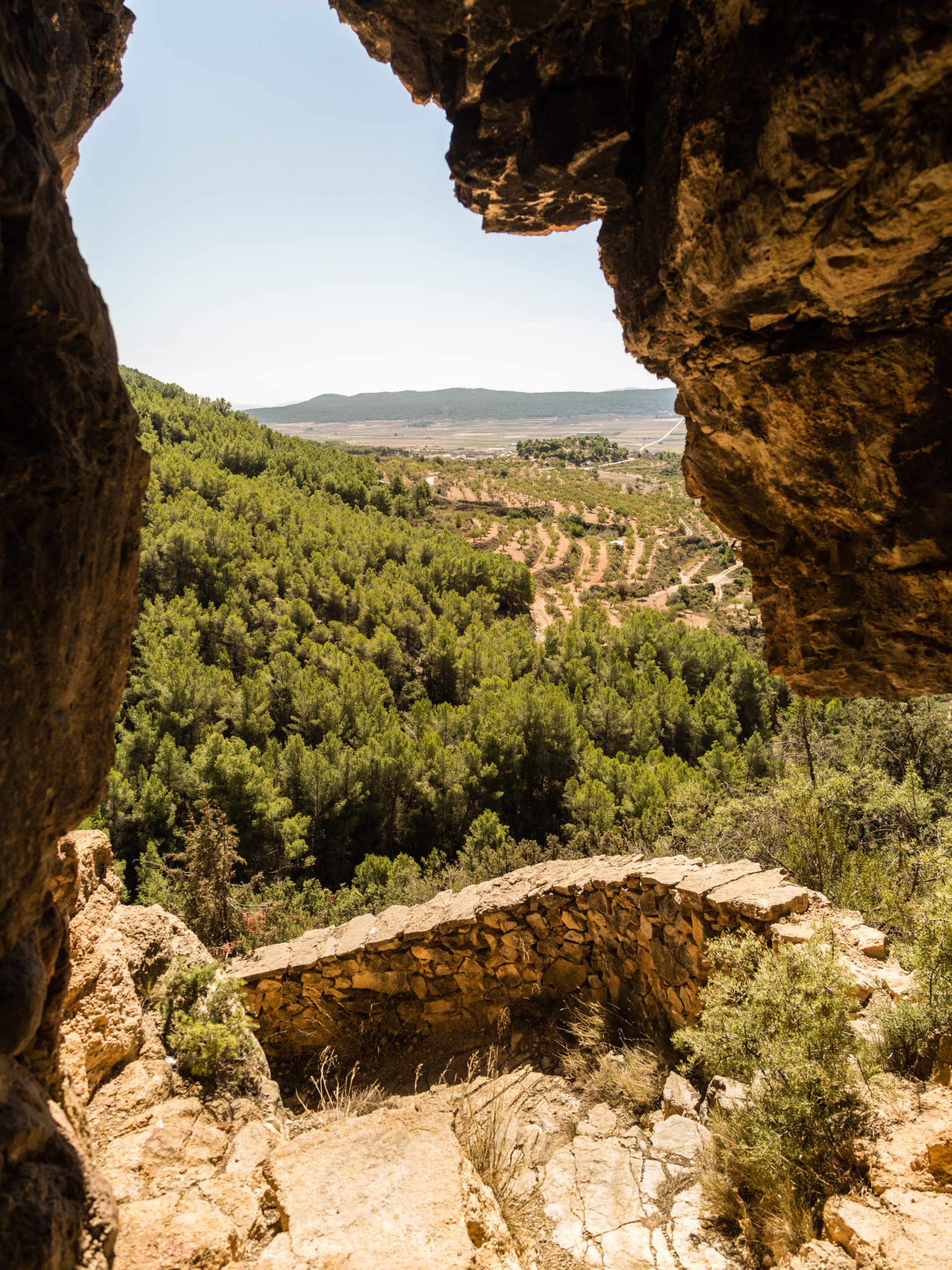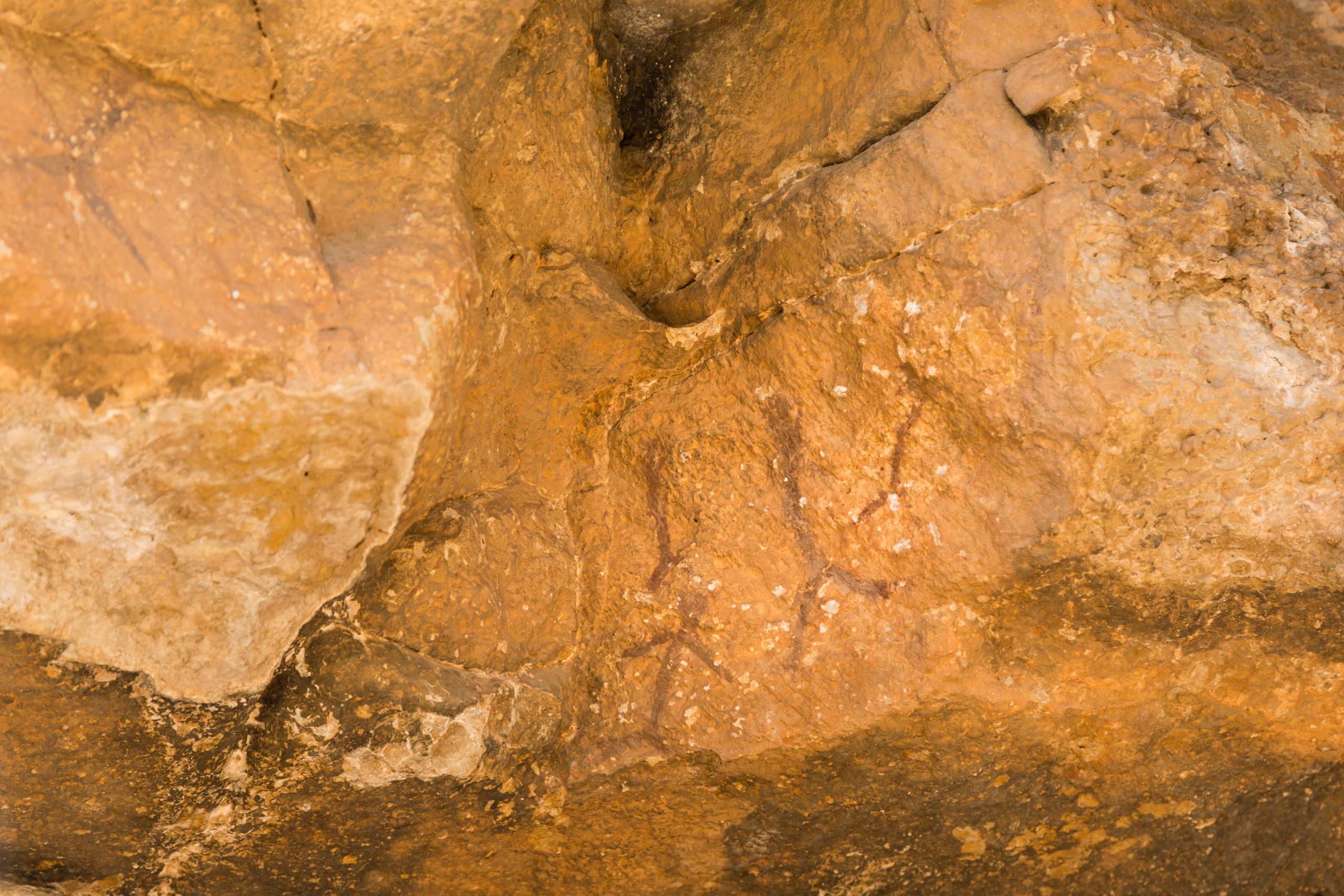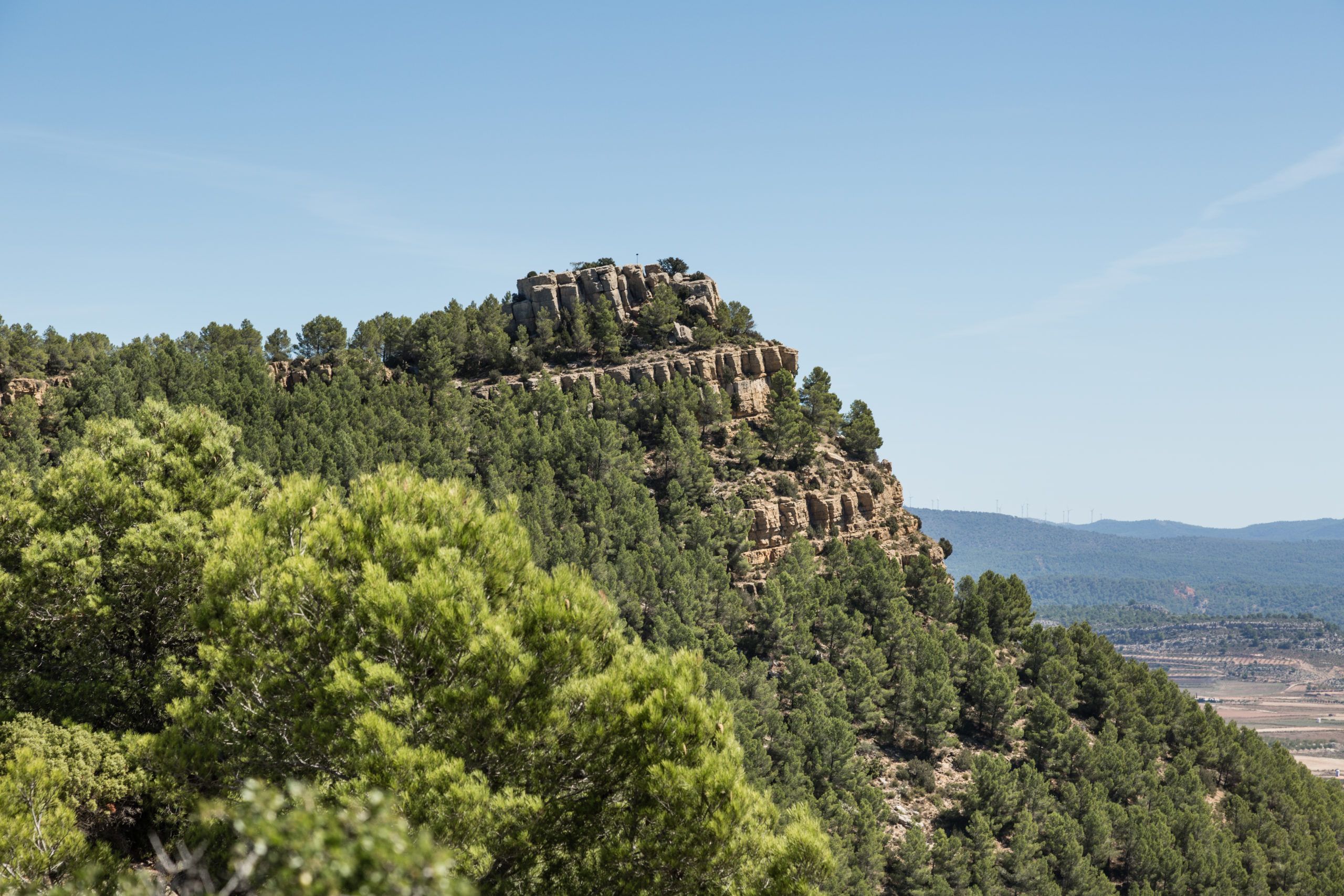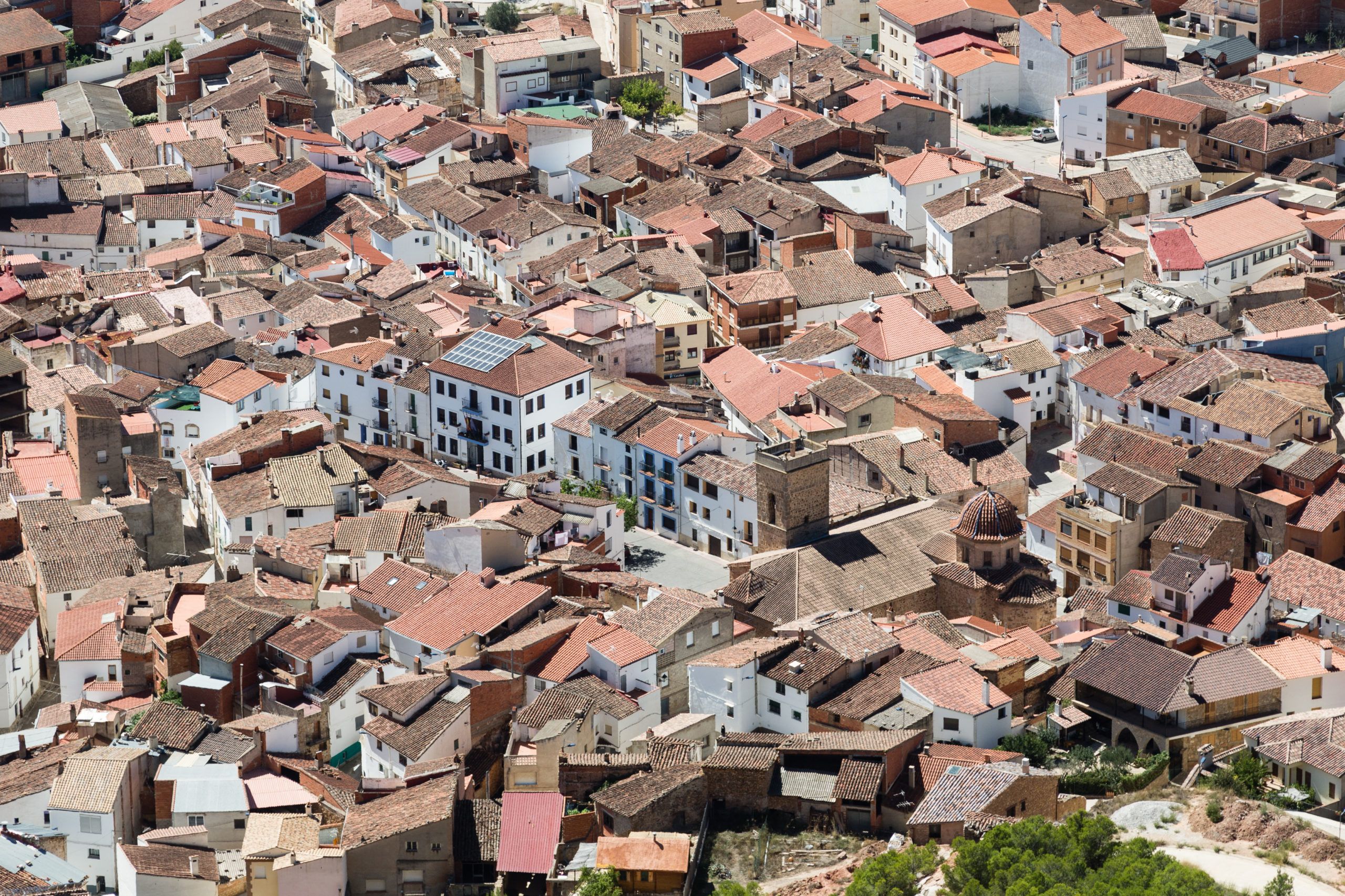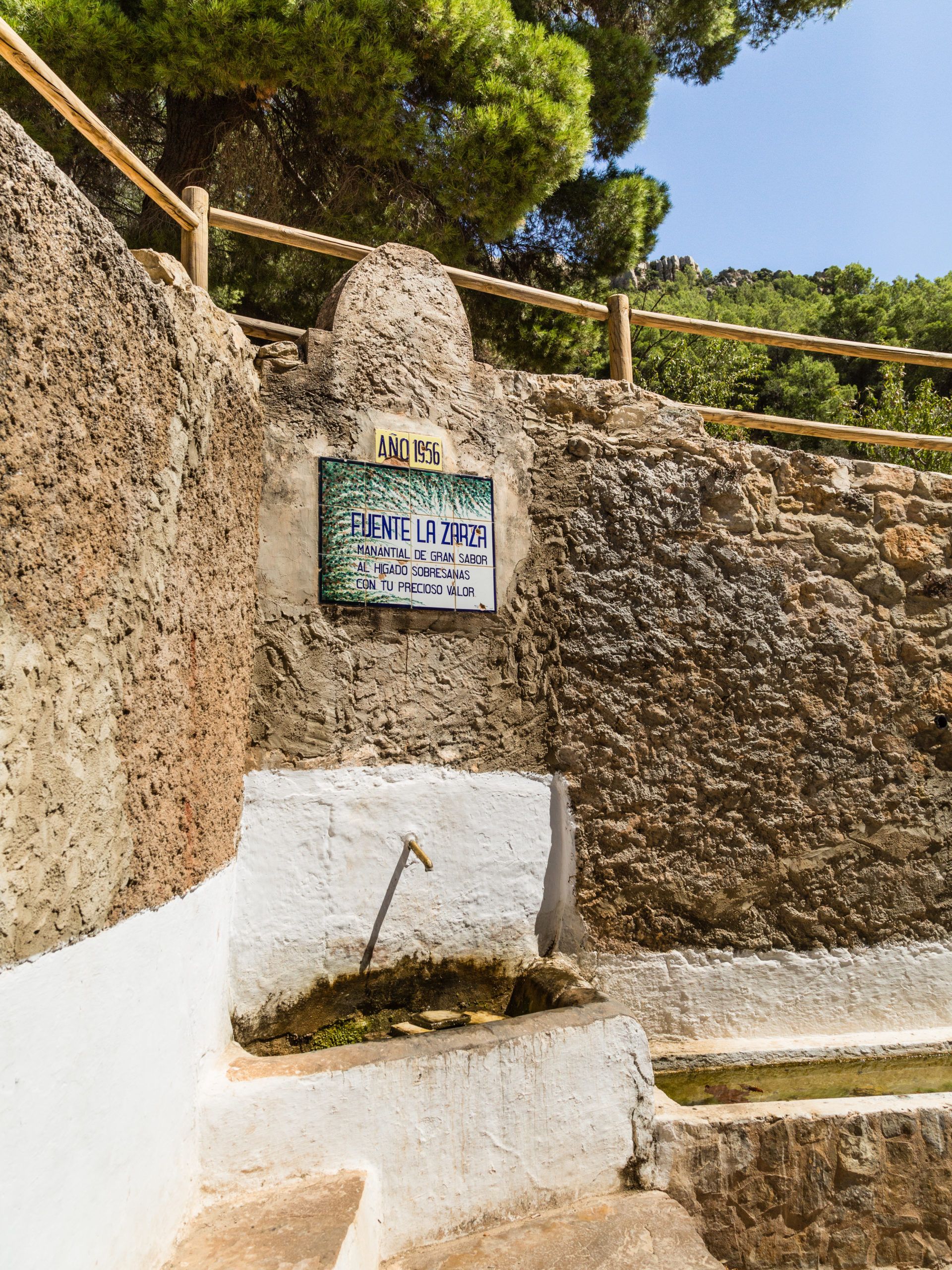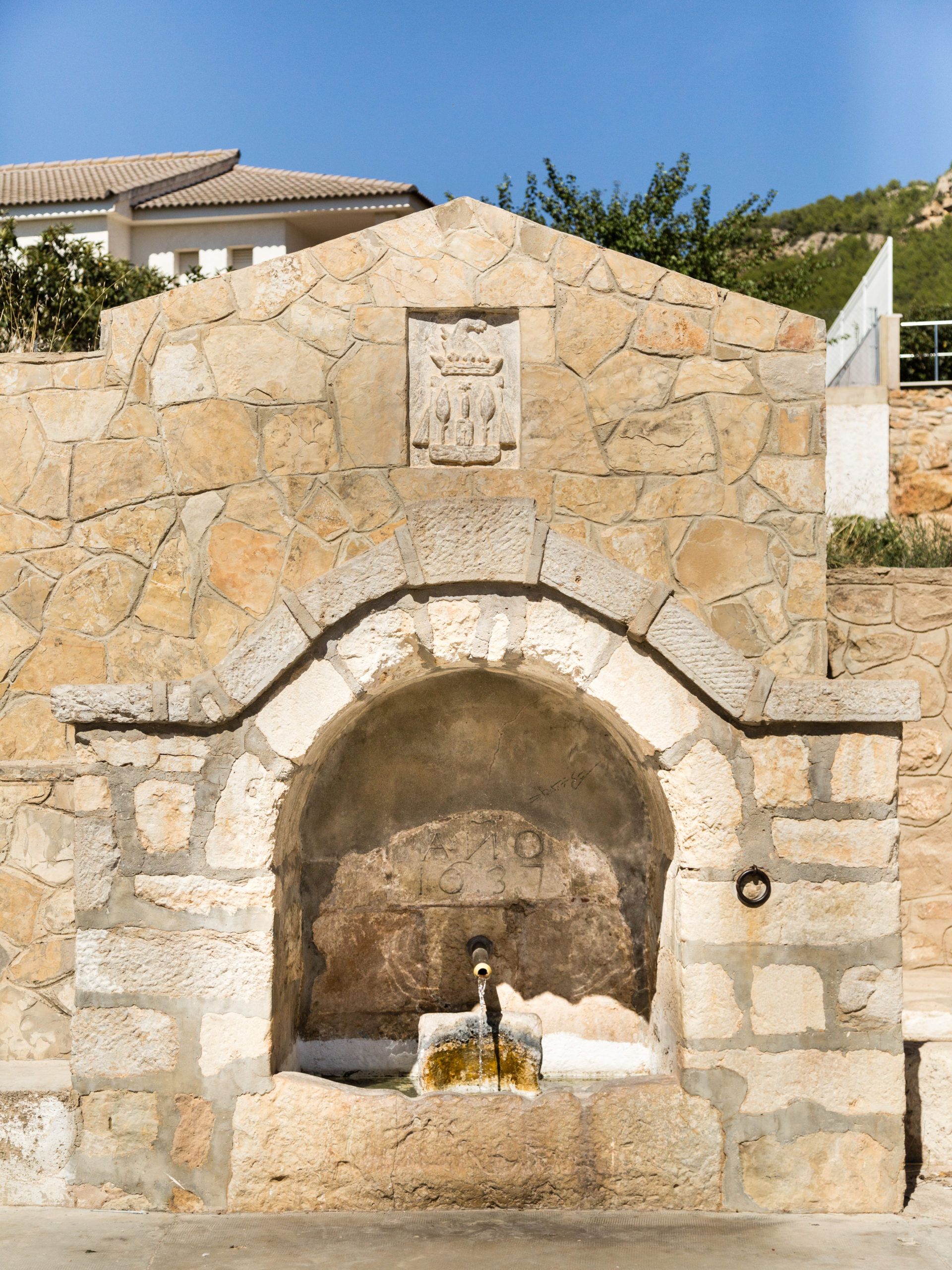Titaguas
The village sits on a gentle slope, sheltered from the north winds by a lush hill crested by “El Pico de la Lámpara”). The original centre, the Muslim hamlet, is located at the top of a slope in the area around Calle Calderona and Calle Cerrito. The 18th-century was a key period in its development. The expansion of agricultural and livestock activities, in conjunction with the privilege of being granted the consideration of a royal town of 1729, led to the construction of the main streets and squares, shaping the historical centre as we know it today, its configuration and unique elements reflecting the traits of traditional rural Valencian society. Agrarian economy linked to the cultivation of grain and vines, as well as sheep farming. In this context, some characters acquired a relevance that is expressed through their unique residences, as in the case of the “Casa de los Graneros” (Granary House). Barns, granaries and threshing grounds form streets and blocks on the outskirts of the village, on the both the Alpuente and the Tuejar roads. The threshing grounds, circular areas in which the threshing was carried out and which are surrounded by barns, form one of the most unique and valuable elements of the traditional local architecture. Titaguas’ caves are also noteworthy. These are often used as barns. This is the case of the cave of the Abbey House, in which the tithes were kept.
Gastronomy:
“Gazpacho” with “torta” and game, “Ollica” (stew with potatoes, vegetables, blood sausage and pork), “migas” and “gachas” (porridge) are the tastiest delicacies available in the area. Excellent wines of the region. Confectionery: nougat, “mantecados” and anise donuts.
Places of interest:
In addition to the Church of the Saviour (16th-century), the Chapel of the Nazarene (18th-century) and the Hermitage of the Remedy (17th-century), the great piety of the traditional society is expressed in the related buildings, the houses of priests and beneficiaries, which include elements that highlight these relationships.
Whilst strolling along Calle Carinceros, Calle Mesón, Calle Abrevador, Calle Era Peña, Calle Blanqueador and Calle Escusada, the visitor is able to contemplate exceptional examples of the traditional mountain architecture that is part of the village’s most valuable heritage. Load-bearing masonry walls are usually used on the ground floors. The intermediate level is made of mud, which is lighter. Finally, the rooms and the inner walls are built of slabs, flat stones and intertwined bundles of wood. The roof, made of wood, cane, mud and tiles, is sustained on this floor by pillars.
Cave paintings such as those found in the area known as “Ricón del Tío Escribano”. From more recent times we find Moorish remains and the Renaissance parish church (16th-century), the Hermitage of Our Lady of Los Remedios, located in the vicinity of the village and which is the destination of the pilgrimage held on the day of the village patron. Local areas of interest include the steep banks of the River Turia, “La Caballera”, which has a camping area, swimming pools and a picnic zone, “La Fuente Cañizar”, “La Juncanilla” and “La Tosquilla”.
Local areas of interest include the steep banks of the River Turia, “La Caballera”, which has a camping area, swimming pools and a picnic zone, “La Fuente Cañizar”, “La Juncanilla” and “La Tosquilla”.
More information
Festivities:
The main festivities are held in honour of Jesus of Nazareth, Our Lady of Los Remedios and All Souls. The celebrations take place from 6th to 10th September and include different religious and festive acts. The night of 30th April/1st May sees the celebration of Los Mayos, during which the fields are blessed and songs are employed to woo girls, who on the first Sunday of May have to dance with their corresponding “beau”.
In recent times, “La Noche de las Velas” is celebrated at night on the first Saturday in August. Over 14,000 candles are lit on balconies, in the streets and in the squares to light up the village. The festivities include exhibitions, tours, “tapas” route and other activities.
Carretera CV-35, KM.73
46177 Tuéjar
Tel: 961635084
Fax: 961635084
Email: tuejar@touristinfo.net
Website: http://www.tuejar.es
Schedule:
Winter (from October 1 to June 30): Monday to Friday, from 09:00 to 14:00.
Saturdays: from 10:00 a.m. to 2:00 p.m. and from 4:00 p.m. to 7:00 p.m.
Sundays and holidays, from 10:00 a.m. to 2:00 p.m.
